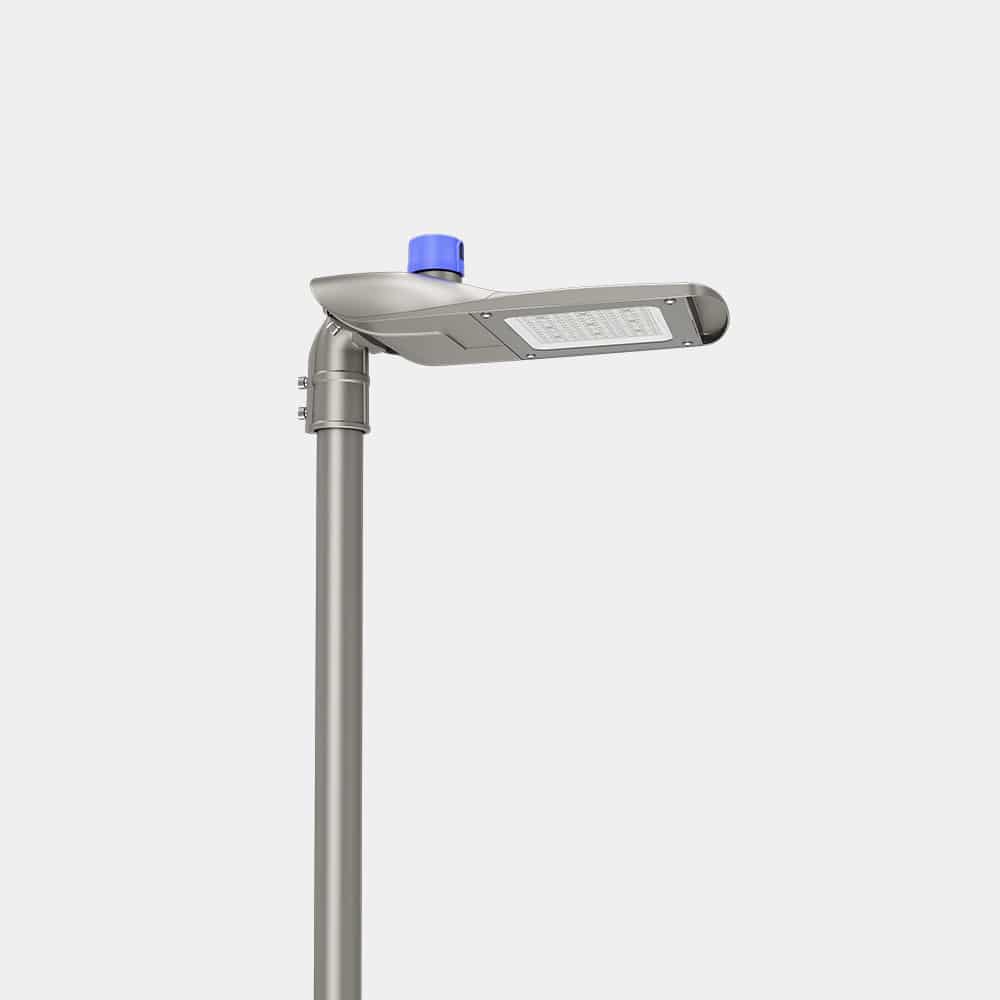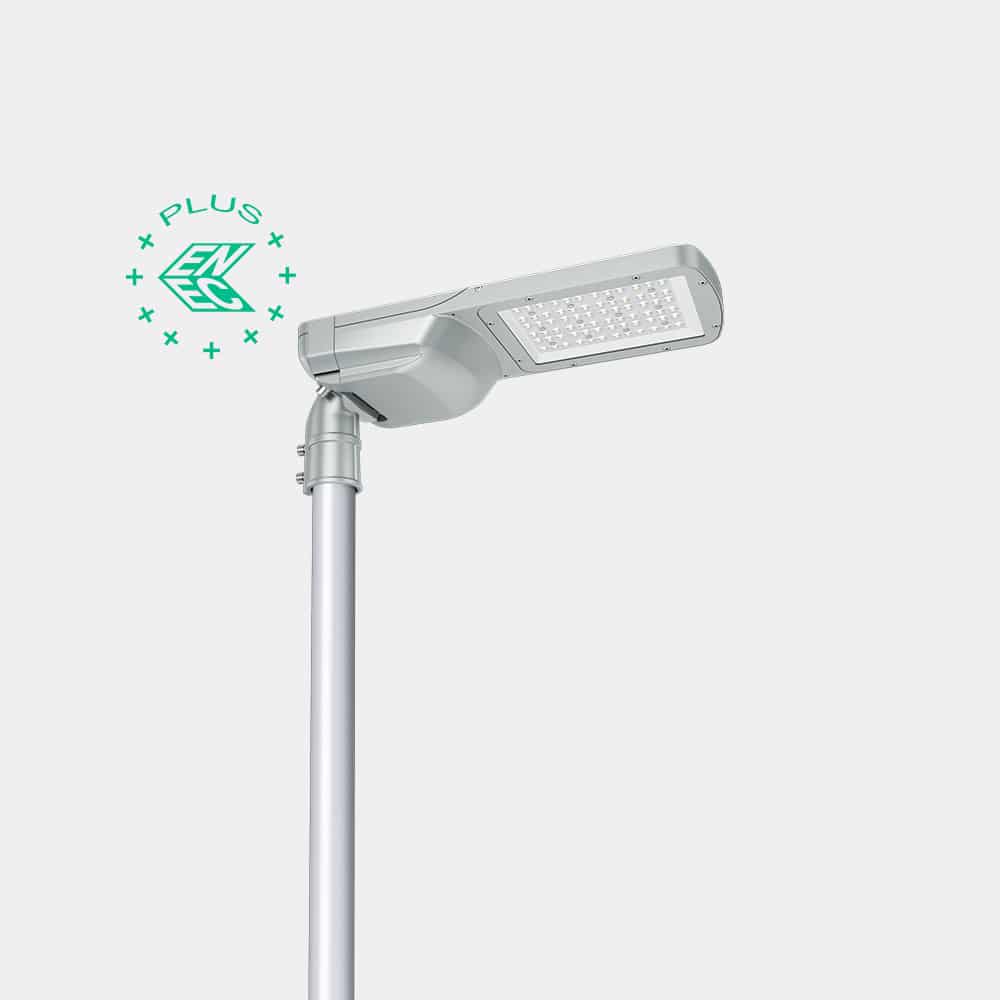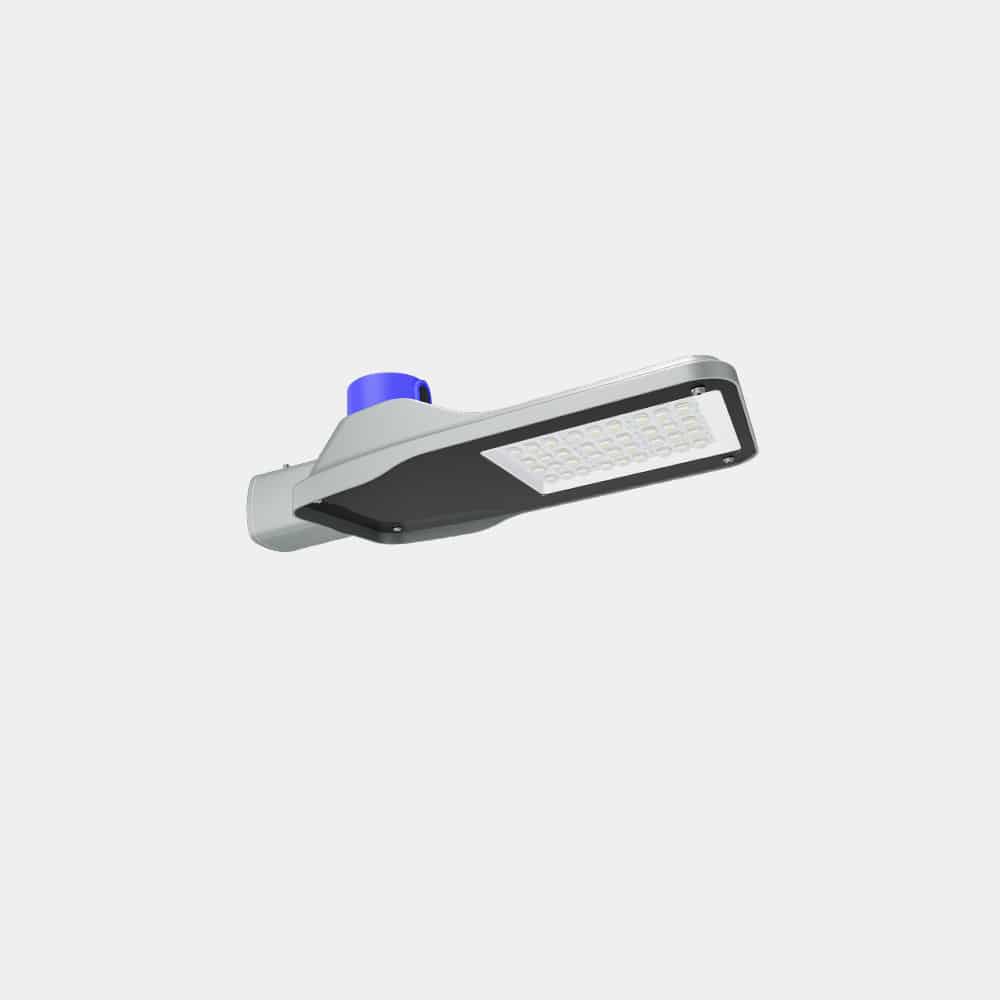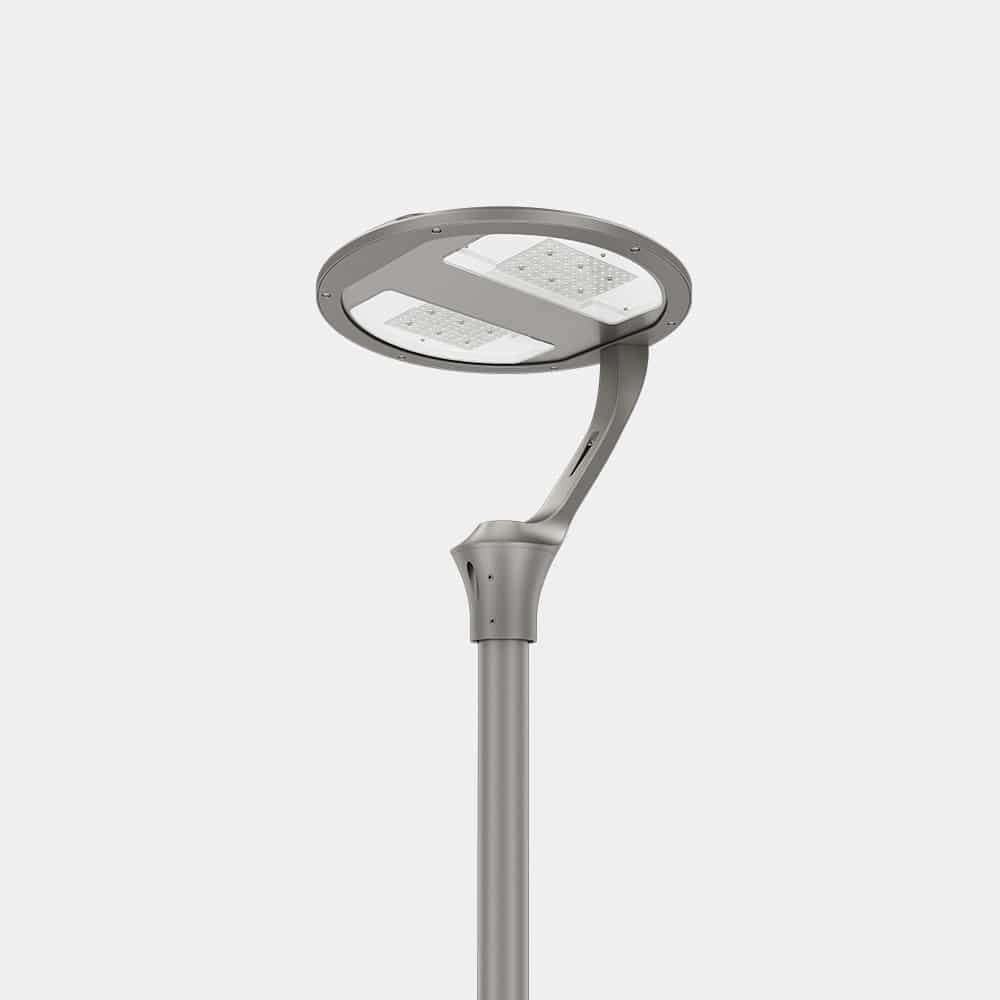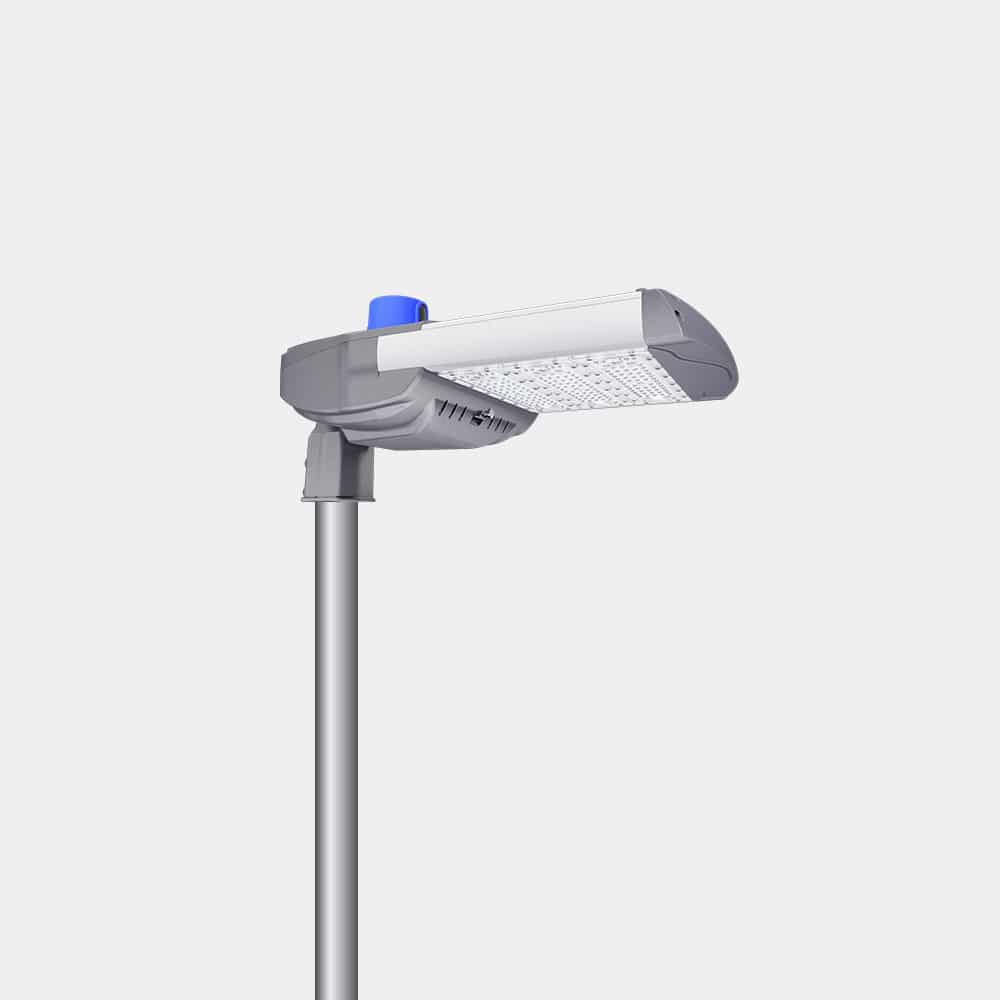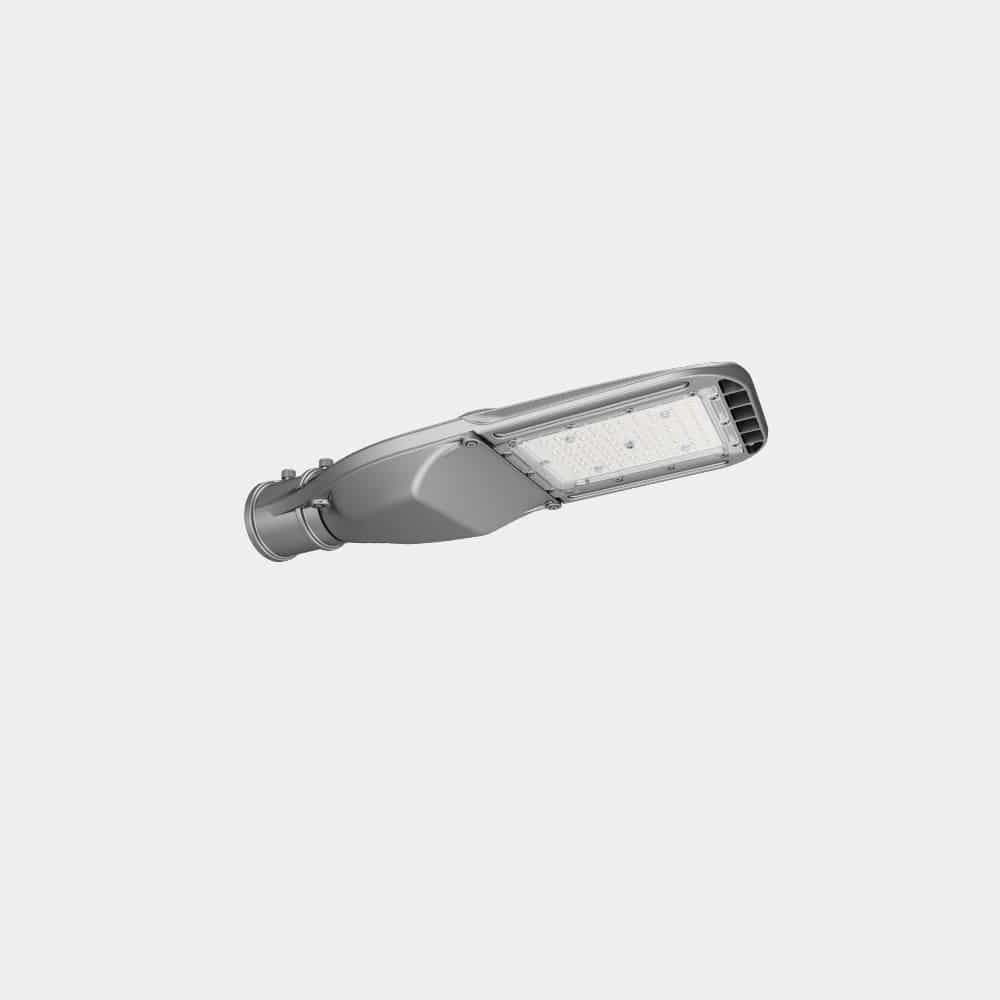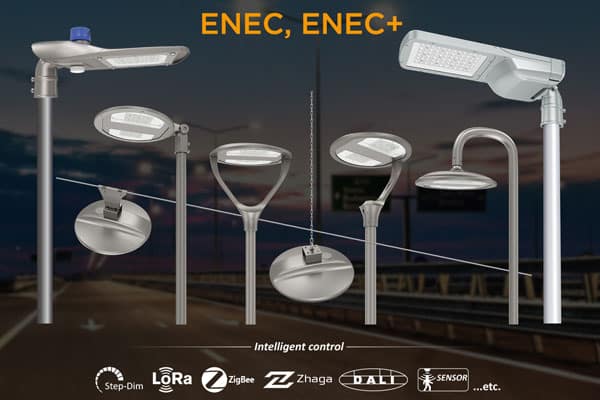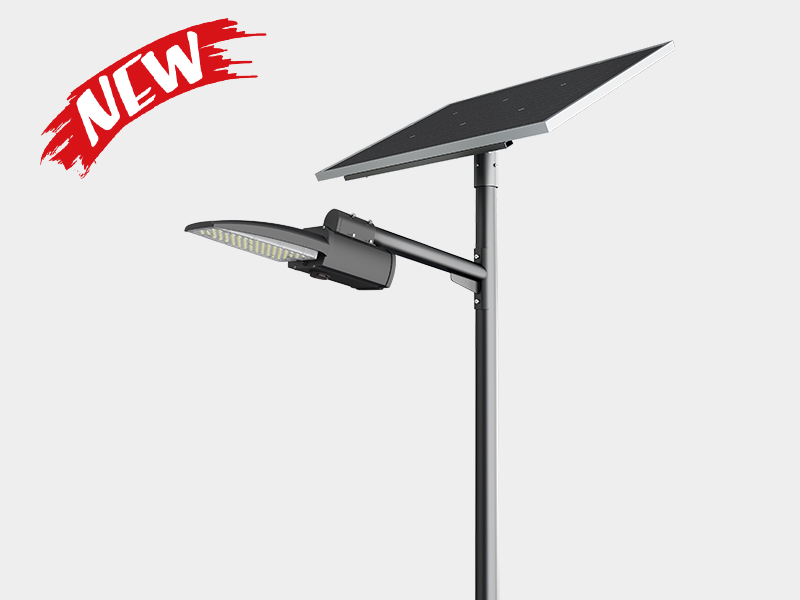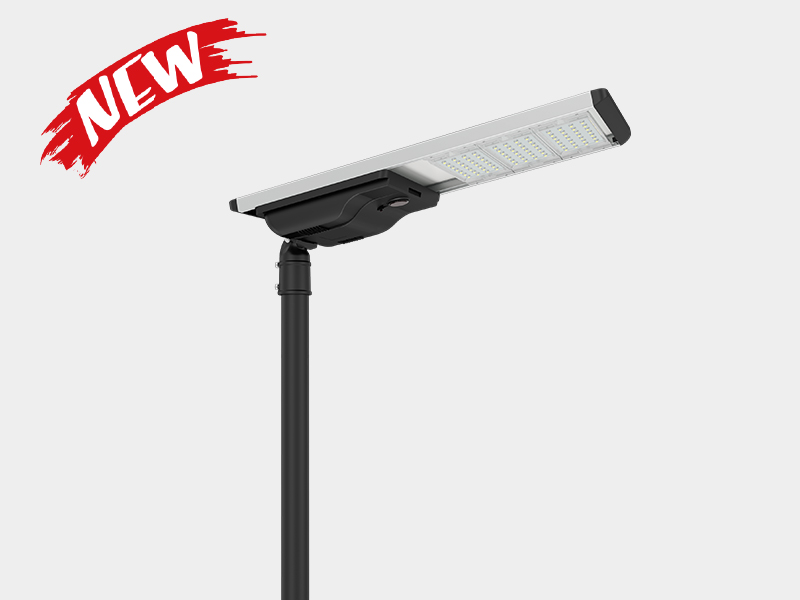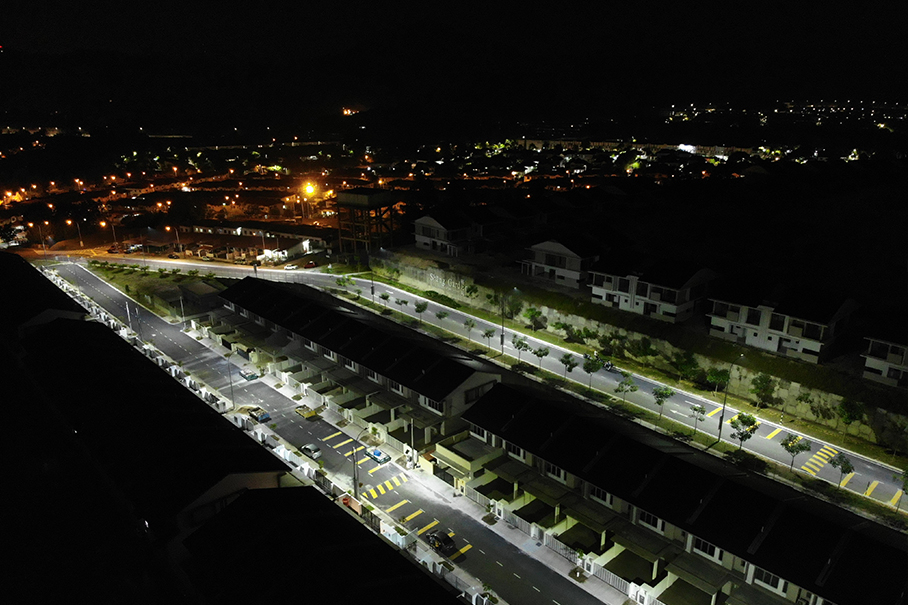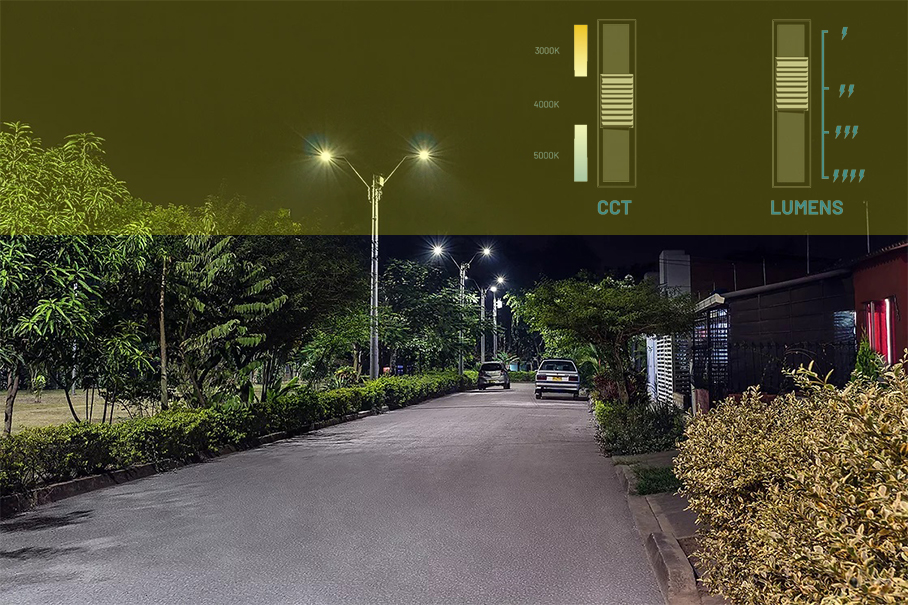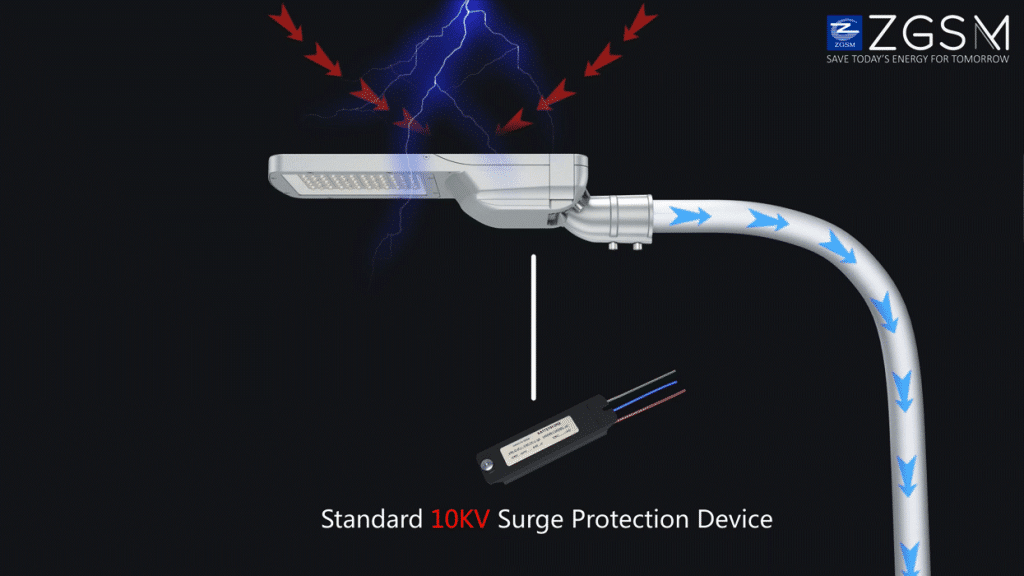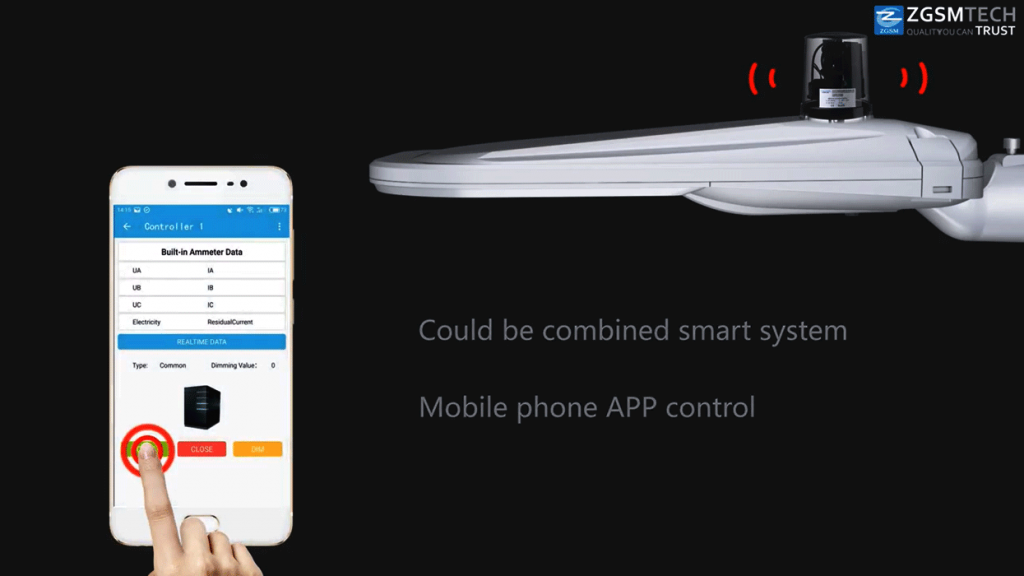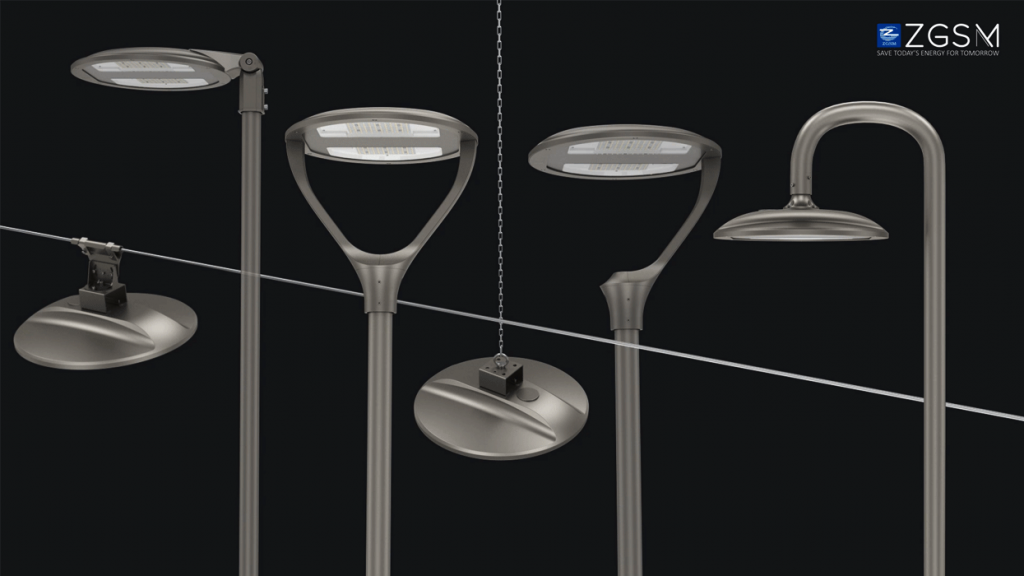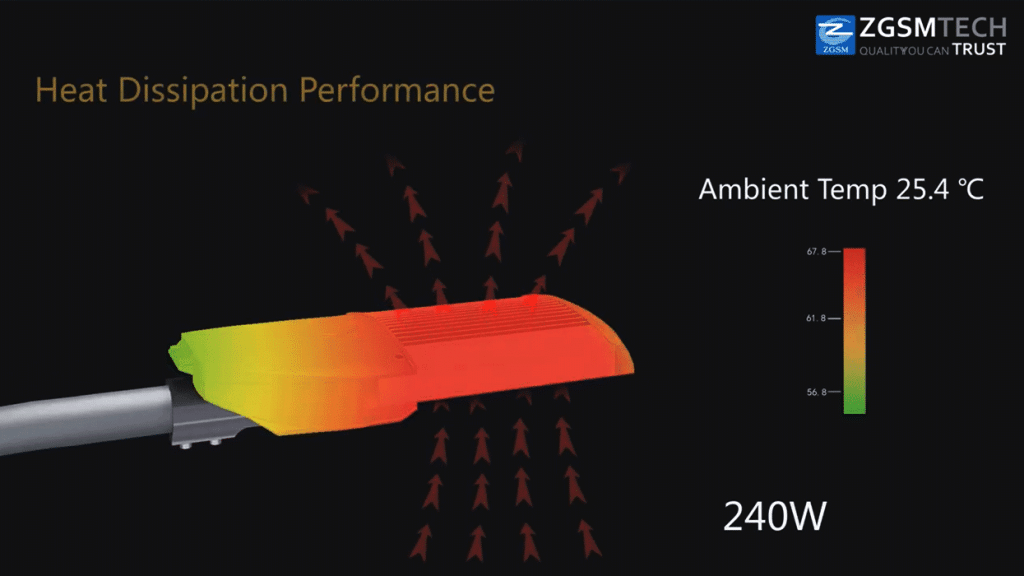Revolutionize Street Lighting with Advanced LED Light Distribution

William Yu
Introduction
When selecting area lighting fixtures, the type of light distribution (LED light distribution) must first be considered. The Illuminating Engineering Society of North America (IESNA) classifies light distribution patterns so that consumers can choose the appropriate luminaire for their application. The full name of IESNA is “Illuminating Engineering Society of North America”, which is an organization that improves the quality of lighting through education, research and development of lighting standards.
IESNA has developed a classification system for LED light distribution patterns based on how light is distributed on a horizontal plane. These illumination distribution types measure the point to which half the luminous intensity or wavelength measurement in a specific direction is measured. IESNA LED light distribution types provide guidance for the design and installation of various outdoor lighting systems such as car parks, roads and walkways.
IESNA LED light distribution types
The type of LED light distribution depends on the spatial distribution of light when it leaves the lamp. According to the different directions of light output, we call the light distribution in the direction of the road width the vertical light distribution, and the light distribution in the direction of the road length is called the horizontal light distribution. Please be aware that vertical light distribution is also called lateral lighting distribution, while horizontal light distribution is also called longitudinal light distribution.
Vertical LED light distribution
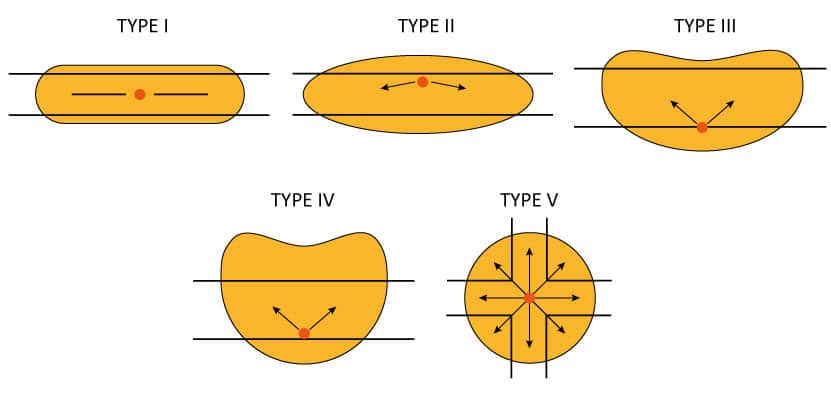
The vertical light distribution curve describes the light intensity distribution in the width direction of the road surface, and is defined by the point that satisfies 50% of the luminous intensity of the lamp. Each LED lamp will have a different LED light distribution curve. The lighting industry divides the vertical light distribution curve graph of lamps into five main models: Type I, Type II, Type III, Type IV, and Type V.
The Type I distribution pattern illuminates a long, narrow area, such as a path, sidewalk, or sidewalk, from a central location in a thin, oval pattern. Type I lamps follow a bi-directional lateral distribution, where the light sources are directed outward in opposite directions. Type I lights should be installed at a height approximately equal to the area width.
Type II light distribution is used to illuminate wide sidewalks, walkways and cycle paths from the side. The spots appear as broad bean-shaped patterns. These lights direct the light outward to the sides similar to the I-Type, but also distribute the light forward. The zone width for Type II shall not exceed 1.75 times the installation height.
Type III light distribution illuminates areas such as roads, parking lots or intersections from the edge. The light spot appears as an elongated oval pattern, which distributes the light farther forward than Type II and can therefore be used to illuminate wider paths and roads. When installing, the area width should not be greater than 2.75 times the installation height.
Type IV light distribution mode, the light spot is a heart-shaped pattern, designed to provide high illumination for large areas such as highways, parking lots or airport runways. This mode primarily casts light forward, rather than sideways. The area width of Type IV lamps shall not exceed 3.75 times the installation height.
The Type V guides the light outward in a circular symmetrical pattern, and the light spot appears as a symmetrical square or circular pattern. Use V-shaped lights in large open areas such as parking lots, sports fields, and intersections. The V-shape ensures an even distribution of light in all positions, in a 360-degree circular distribution.
Horizontal LED light distribution
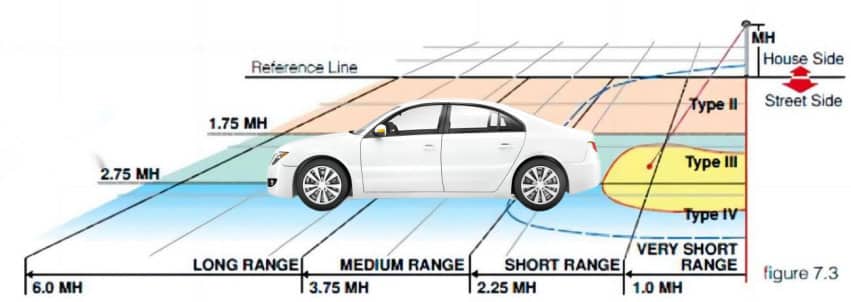
The horizontal light distribution curve describes the light intensity distribution in the length direction of the road surface and is defined by the point that meets 100% of the luminous intensity of the lamp (that is, the maximum brightness point of the illuminated area). It is represented by VS, S, M and L in the industry.
The light distribution range along the road length. Usually we can choose the light distribution through the height (H) of the lamp and the distance between the lamp poles. For example:
VS very short light distribution: the maximum light intensity point falls in the distribution range = 1xH, that is, the distance of the maximum brightness point in the direction of the road length is 1 times the height of the light installation.
S Short light distribution: the maximum light intensity point falls in the distribution range = 1xH to 2.25xH, that is, the distance of the maximum brightness point in the direction of the road length is 1 to 2.25 times the height of the lamp.
M medium light distribution: the maximum light intensity point falls in the distribution range = 2.25xH to 3.75xH, that is, the maximum brightness point distance in the road length direction is 2.25 to 3.75 times the height of the lamp.
L Long light distribution: the maximum light intensity point falls in the distribution range = 3.75xH to 6xH, that is, the distance of the maximum brightness point in the direction of the road length is 3.75 to 6 times the height of the street lamp.
ZGSM projects with different LED light distribution

In the parking lot of a supermarket in the UK, the height of the light pole is 9 meters and there are two lights on one pole. We have adopted Type 5S lens with light distribution. The light intensity is mainly concentrated in the parking area, which is convenient for customers to have sufficient light when getting on and off the car and moving items.
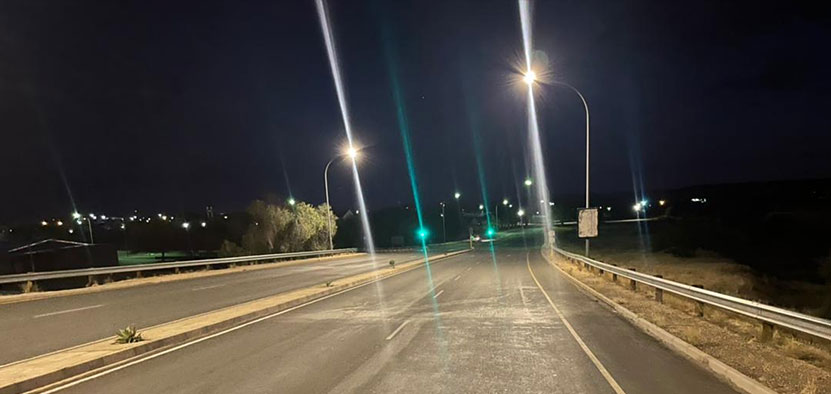
The streetlight renovation project in Namibia, with wide road surfaces and large spacing between lamp posts, utilized the ZGSM-LD120KM + Type III M lens solution. Compared to the unmodified sections of the road in the distance, the renovated areas now exhibit a significant improvement in road surface illumination and uniformity, having increased by several notches.
Summary
This article briefly introduces the LED light distribution type and distribution range of the light distribution curve. Through reasonable selection of lenses, the lighting effect of street lights can be ensured to be uniform and bright, and the waste of light and light leakage can be reduced. For vertical light distribution, it is related to the direct adaptation between the height of the light pole and the width of the road.
Often, Type III is more suitable for road lighting with a higher ratio of road width/light pole height than Type II or Type I. For horizontal light distribution, it is related to the adaptation between the height of the light pole and the distance between the light poles. Often, Type long is more suitable for road lighting with a higher ratio of light pole distance to light pole height than Type medium or short. Reasonable light distribution curve selection is very helpful for improving the lighting efficiency of street lamps, reducing the power of lamps, reducing the number of lamps, and saving operation and purchase costs.
FAQ
Related Posts
Smart Street Light System Create Smart City Lighting
How to choose the Best LED street light you really need?
8 Types of Extra Mounting Accessories For Outdoor LED Luminaires – Street Light Bracket
Author

William Yu
Sales Engineer
Hi. I’m Willian Yu. I have been working in the sales department of ZGSM company for 13 years, specializing in street lighting projects. My expertise includes lighting simulation, project design, and certification consulting.
